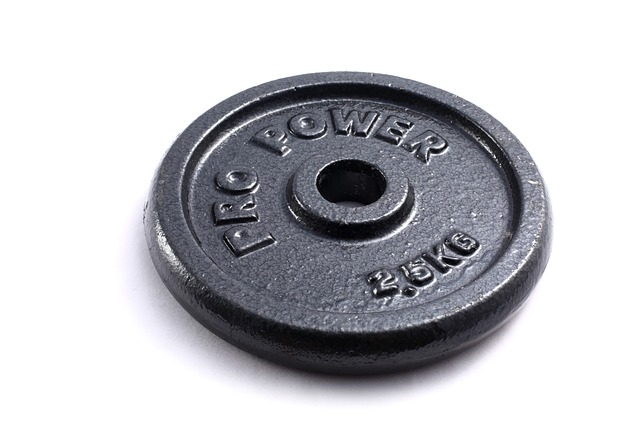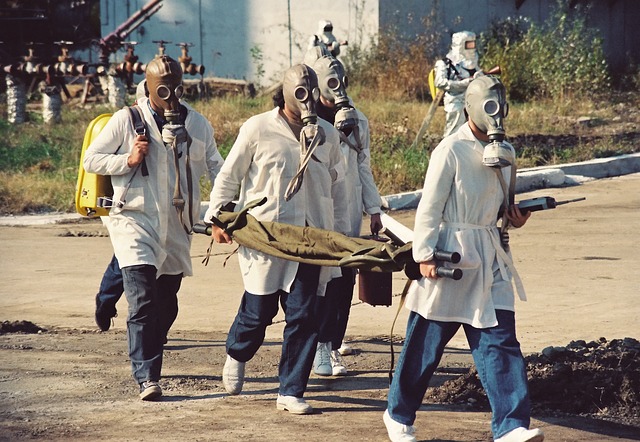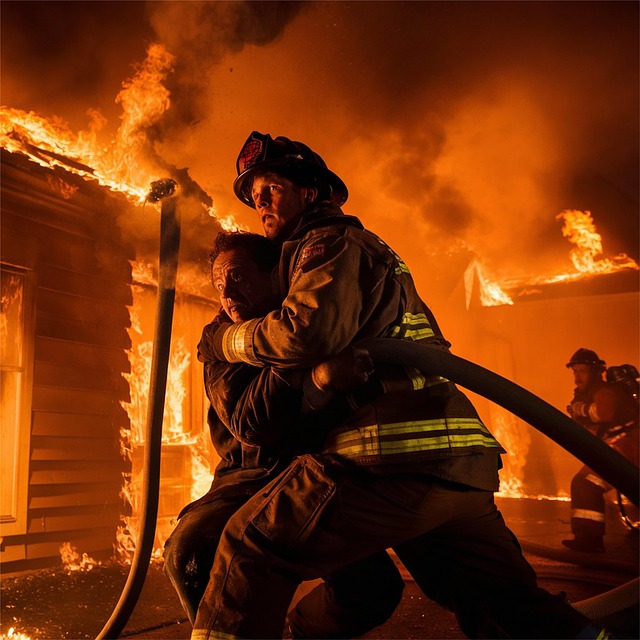In today's world, effective Hazmat (hazardous materials) training is crucial for organizations and first responders due to the increasing presence of hazardous substances. Traditional methods are expensive, making them inaccessible for smaller entities on tight budgets. Economical fire training units, including hazmat simulators, offer affordable alternatives that replicate real-world scenarios, providing hands-on experience in controlled environments. These units cost under $10,000 and enable trainees to practice emergency protocols securely, fostering a culture of safety and preparing them for any fire-related emergencies. The Hazmat Simulator offers diverse scenarios like chemical spills, gas leaks, and radiation emergencies, enhancing skills in containment, decontamination, and victim care.
In today’s world, effective hazardous materials (Hazmat) response training is crucial for first responders. However, many departments face budget constraints, making traditional high-cost simulations unaffordable. This article explores an innovative solution: economical fire training units, specifically focusing on a Hazmat simulator under $10,000. We’ll delve into the significance of such training, understand budget limitations, and examine the benefits, features, and implementation strategies of this cost-effective Hazmat simulation technology, revolutionizing emergency preparedness.
- Understanding Hazmat Training Needs and Budget Constraints
- Exploring Economical Fire Training Unit Solutions
- Benefits, Features, and Implementation of a Hazmat Simulator Under $10,000
Understanding Hazmat Training Needs and Budget Constraints

In today’s world, effective hazardous materials (Hazmat) training is not just a recommendation but an essential requirement for organizations and first responders. This need arises from the increasing presence of hazardous substances in our daily environments, be it industrial sites, commercial facilities, or public spaces. However, traditional Hazmat training often comes with a hefty price tag, making it inaccessible for smaller organizations and departments operating on tight budgets. This is where economical fire training units step in as a game-changer.
With the rise of innovative simulation technologies, there are now affordable alternatives available that mimic real-world Hazmat scenarios without breaking the bank. An economical fire training unit, such as a hazmat simulator, can provide hands-on experience in managing hazardous materials incidents at a fraction of the cost of traditional training methods. These simulators offer diverse and controlled environments, enabling trainees to respond effectively while minimizing risks associated with live demonstrations.
Exploring Economical Fire Training Unit Solutions

In today’s digital era, the demand for accessible and affordable fire safety training solutions is higher than ever. Luckily, exploring economical fire training units offers a game-changer for organizations looking to enhance their emergency preparedness without breaking the bank. These innovative tools provide a cost-effective alternative to traditional live-fire exercises, enabling folks to gain valuable experience in a controlled environment.
One such solution is the hazmat simulator, designed specifically as an economical fire training unit. With prices starting under $10,000, these simulators offer a realistic simulation of hazardous materials scenarios, allowing trainees to practice emergency response protocols without the associated risks and costs of live-fire exercises. By investing in one of these units, organizations can foster a culture of safety, ensuring their team members are well-prepared to handle any fire-related emergencies that may arise.
Benefits, Features, and Implementation of a Hazmat Simulator Under $10,000

A Hazmat Simulator under $10,000 offers a range of benefits for emergency response teams and safety professionals. This economical fire training unit provides a safe, controlled environment to practice hazardous material management techniques, ensuring personnel are prepared for real-world scenarios without incurring high costs. By simulating various hazardous situations, including chemical spills, gas leaks, and radiation emergencies, the simulator allows teams to enhance their skills in containment, decontamination, and victim care.
These simulators often come packed with advanced features designed to mimic real-life challenges accurately. Interactive controls, customizable scenarios, and detailed virtual environments enable users to experience diverse hazard scenarios. Moreover, they promote hands-on learning through real-time feedback systems that assess performance during training sessions. Implementation of such a simulator can be seamless, requiring minimal setup time and offering scalable training options for small teams or large organizations alike.






